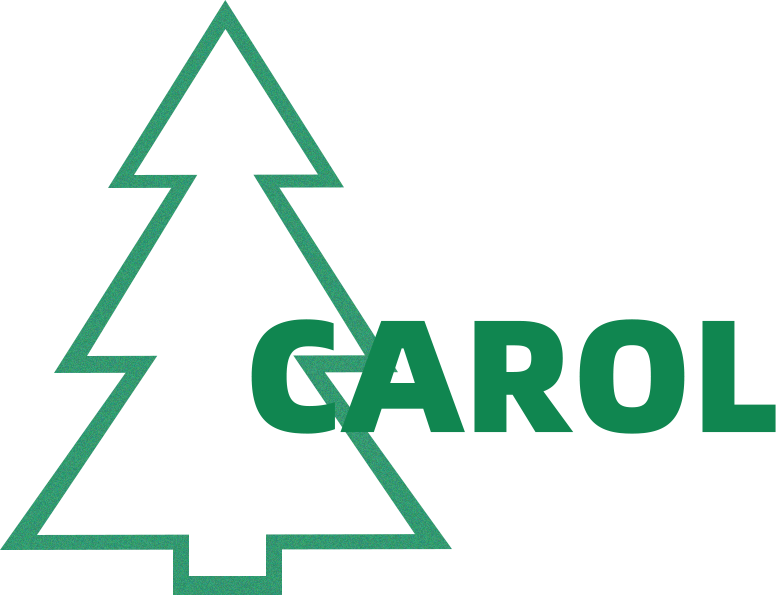News
Why celebrate Halloween?
2021-09-15
Author:
Cooperation
Views:
The traditional Halloween in the West is coming, but why do they celebrate it?
The Celtic Festival of Savannah
The origin of Halloween can be traced back to the ancient Celtic festival - the Savan Festival. Celts lived 2000 years ago, mainly in what is now Ireland, Britain and northern France. They set November 1 as the New Year's Day.
This day marks the end of summer and harvest season, as well as the beginning of dark and cold winter. This time of year is usually associated with death and the dead. Celts believed that the souls of the dead would return to the world the night before the New Year.
Celts believed that the existence of supernatural souls made it easier for Druids (Druids were the religion of ancient Celts) and Celtic priests to predict the future. For a nation completely dependent on the unpredictable nature, these predictions are an important consolation for the long and cold winter.
To commemorate this day, Druids built huge bonfires where people gathered to burn crops and animals as sacrifices to the Celtic gods. In the celebration, the Celts wore costumes composed of animal heads and skins, and told each other's fortunes and predicted each other's fate.
By AD 43, the Roman Empire had conquered most of the Celtic territory. During the 400 years of their rule over Celtic land, there were two more festivals originated in Rome that were integrated with Celtic traditional festival of Savan. The first festival is the Ancient Roman Ghost Festival, which is a day for the Romans to commemorate the dead in late October; The second festival is to commemorate Pomona, the Roman goddess of fruit trees. Apple is the symbol of Pomona, which may explain the custom of biting apples on Halloween.
All Saints' Day - All Saints' Day
On May 13, 609 AD, Pope Boniface IV offered sacrifices to the gods in Rome's Pantheon to commemorate Christian martyrs. Later, Pope Gregory III extended the sacrifice scope of this festival to include all saints and martyrs, and postponed the celebration from May 13 to November 1.
By the 9th century, Christianity had spread in the Celtic land, where it gradually combined with the ancient Celtic religion and eventually replaced them. In 1000 AD, the Roman Church designated November 2 as All Souls' Day, a day to commemorate the dead. All Souls' Day is celebrated in a similar way to the festival of Samhain. People lit bonfires, held grand ceremonies and dressed up as saints, angels and demons. Later, All Saints' Day began to be called All hallows or All hallowmas (from the medieval English Alholowmesse, meaning All Saints' Day). The night before Halloween, the Celtic traditional night of Samhain Festival, began to be called All hallows Eve, and finally was called Halloween.
"Trick or treat" -- "Trick or treat"
In traditional Halloween customs, some children wearing Halloween costumes will go door to door to ask for candy and food, and shout the slogan "trick or treat".
This tradition, like Halloween, also comes from Celtic belief. Celts believed that the gods and ghosts would appear on the eve of Halloween, and they could offer them food in exchange for not being hurt by them.
In the 15th century, there was a custom of sharing soul cakes on Halloween celebrations. Later, some poor people began to sing songs outside the windows of the neighborhood and beg for Linggao. In the 16th century, young people in Scotland began to dress up as gods or demons and ask their neighbors for food. Later this custom spread to other parts of Britain. As European immigrants came to the North American continent, this custom was also brought to the United States and Canada.
The Development of Halloween in America
In the North American colonies, at the beginning, due to the strict constraints of Protestant beliefs, Halloween celebrations were extremely limited. With the fusion of beliefs and customs of different European nations and North American Indians, a unique American version of Halloween began to emerge.
Halloween celebrations during the colonial period in North America featured ghost stories and various pranks. By the middle of the 19th century, the annual autumn harvest celebration had become very popular, but Halloween had not yet become popular across the United States. In the second half of the 19th century, new immigrants flooded into the United States. These new immigrants, especially millions of Irish who fled Ireland due to the potato famine, made Halloween popular across the United States and played a great role.
In the late 19th century, Americans began to shape Halloween as a festival for community and neighborhood gatherings, rather than a festival about ghosts, pranks and witchcraft. In the early 20th century, holding Halloween parties became a common way to celebrate the day. The party focuses on games, rich food and holiday clothes.
Newspapers and community leaders encourage parents to remove any "scary" or "weird" elements from Halloween celebrations. After these changes, Halloween lost most of its superstition and religious color at the beginning of the 20th century.
By the 1920s and 1930s, Halloween had become a secular and community centered festival. Dressed parades and Halloween parties throughout the town are featured entertainment activities. Despite the efforts of many schools and communities, during this period, some celebrations in many communities were still plagued by disruptive acts.
In the 1950s, community leaders succeeded in limiting disruptive behavior, and Halloween also developed into a festival mainly for young people. During the American baby boom in the 1950s, as the number of children increased, the meeting place changed from the center of the town to a classroom or home.
Between 1920 and 1950, the "trick or treat", which lasted for several centuries, revived. For the whole community, "trick or treat" is a relatively cheap way to celebrate Halloween, and families can also prevent their neighbors' children from making trouble by giving them some snacks.
Today, Americans spend about 6 billion dollars every year on Halloween, making it the second largest business holiday in the United States after Christmas.




